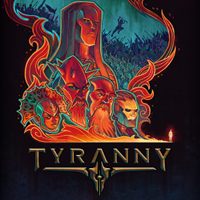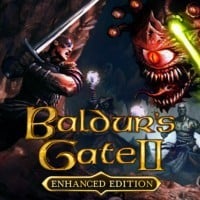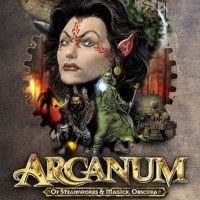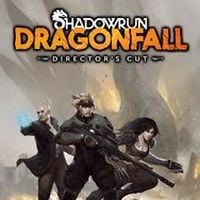Tyranny. The Best Isometric RPGs of All Time - Waiting for Baldur's Gate 3

- The Best Isometric RPGs of All Time - Waiting for Baldur's Gate 3
- Tyranny
- Arcanum
- Divinity: Original Sin 2
- Planescape: Torment
- Baldur's Gate 2
Tyranny
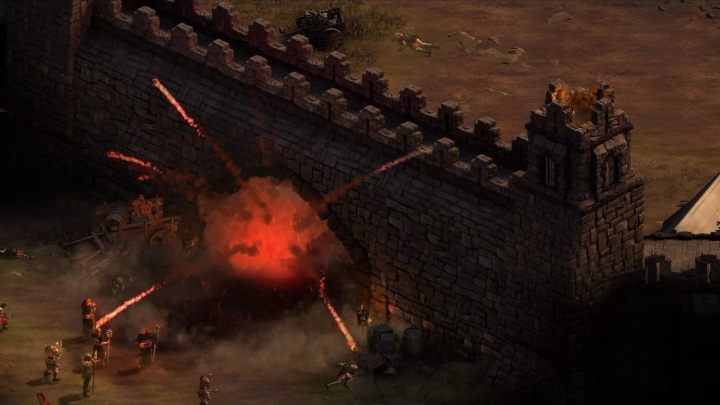
When it comes to the question of lesser and greater evil, Geralt of Rivia prefers not to choose. The heroes of Tyranny have no such luxury. In fact, Obsidian went a step further in relation to putting the player in difficult, uncomfortable situations. Pillars of Eternity was already dark and bitter, but Tyranny goes off the charts in this regard. Smaller, and a bit underrated, but a really good game by California RPG specialists is a gem reminiscent of such novels as Malazan Book of the Fallen by Steven Erikson.
For here, the evil empire has won. Resistance? It exists, and our job is to defeat them. In Tyranny, we are the dark side that we usually fight against in such games. It's not a game to make you feel good, though we may occasionally make an attempt to maintain some residual decency. Either way, we follow the will of our superiors and get wrapped up in the intricate intrigues that entwine the state like a web.
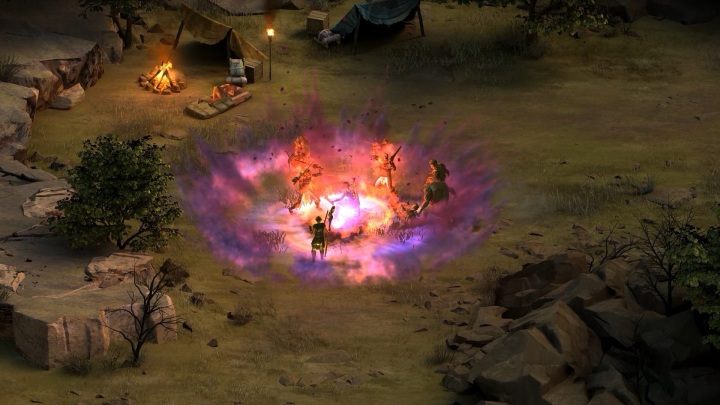
Tyranny is a much smaller-scale project than any part of Pillars of Eternity. Instead, Obsidian has allowed itself to experiment a bit and tighten the screw. In practice, this means that this RPG has much more significant moral choices that dramatically change the gameplay. Yes, it takes, 20-30 hours, but it looks a little different with each approach. And that, after all, is what we like about role-playing – variety.
The developers also took the liberty of making minor improvements to the combat system. There was no shortage of interesting companions – especially in such a morally ambiguous story. The only trouble with Tyranny is that it has a rather open ending, a cliffhanger introduced with the idea of a sequel that is unlikely to ever be made. The franchise stayed Paradox, and Obsidian moved to Microsoft. Well, it's a bitter end to a bitter story. But the game itself is definitely worth checking out.
Shadowrun: Dragonfall – Director's Cut
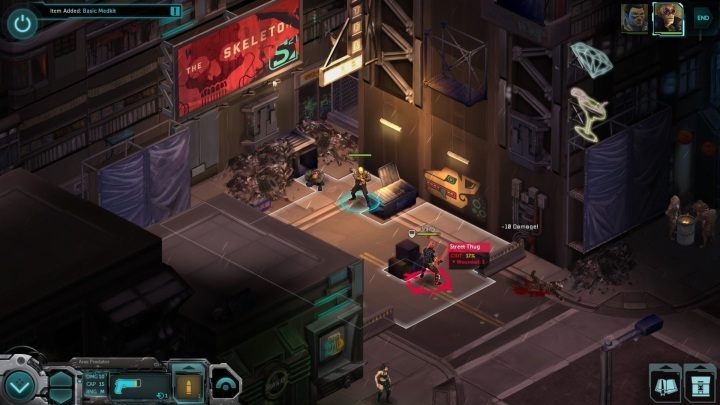
Before Pillars of Eternity and Divinity: Original Sin became the mascots of the isometric RPG revival, there were already a few outstanding players. Among them, Shadowrun Returns proudly marched, drawing on the cult – let's not shy away from the word – setting that we've rarely seen on our screens in recent years.
Shadowrun takes us to the world of near, cyberpunk future. In the shadows of the concrete jungle, we meet hackers and normal people, as well as orcs, elves or city shamans. It's a world where magic and modern technology intertwine in a strange, uneasy arrangement. It's a combination of cyberpunk and urban fantasy. And a bit of refreshment for gamers who were fed up with the classic approach to this convention and genre.
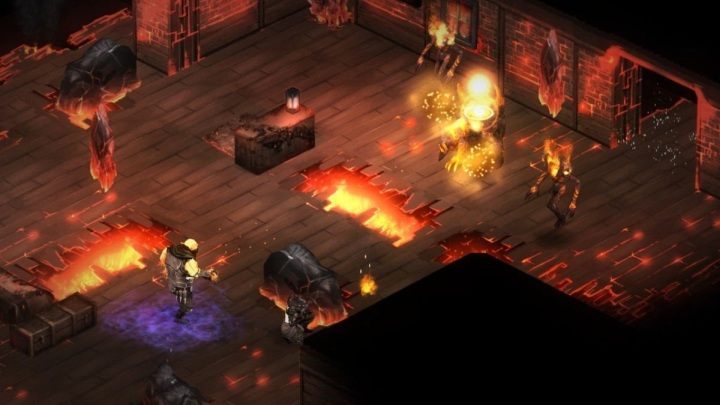
Shadowrun: Returns was a really decent entry and proved that solid games can be made through Kickstarter. It had its flaws (it was short and had a fairly linear story, as well as a bizarre save system), but the subsequent campaign-sized standalone games – albeit requiring a base game – more than made up for it. Especially Shadowrun: Dragonfall.
The game turned out to be so good that it got a Director's Cut release. It provided a lot of tactical gameplay and cool companions with some good dialogue. And above all, it told a more interesting, compact story. We explored the mysteries of Berlin in the year 2054; we rummaged through the grime of the metropolis and came across a trail of powerful intrigue.
Dragonfall offered quite a few options for non-linear plot exploration and was captivating with the atmosphere of a large, corrupt city. Even if you can see the "turkey" pedigree here and there, for many, it is still one of the most interesting games among cyberpunk RPGs.


